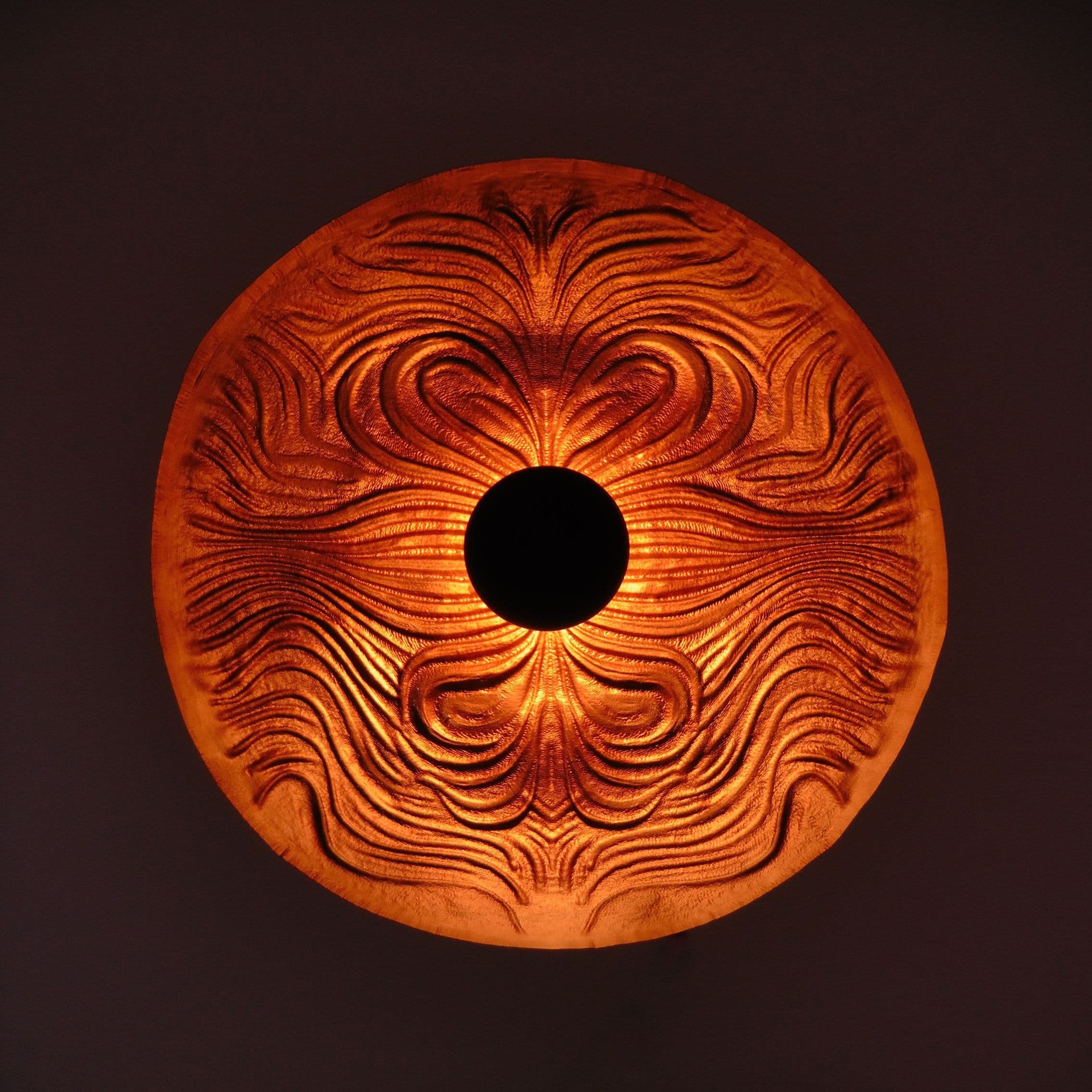1. What intrinsic properties of mycelium-based MYCOTEX SF did you find most beneficial for achieving the semi-leather aesthetic while ensuring structural integrity in 3D printed moulds?
What stands out about MYCOTEX SF is its satin-sheen finish, which conveys a sophisticated semi-leather aesthetic, while its structural integrity ensures it holds form beautifully when molded. Moreover, the way we can impart texture variation, with the front and back looking different in colour or grain, opens up design possibilities that traditional textiles simply can’t match. This duality gives designers unmatched flexibility in creating multi-textured, 3D products directly in the manufacturing process.
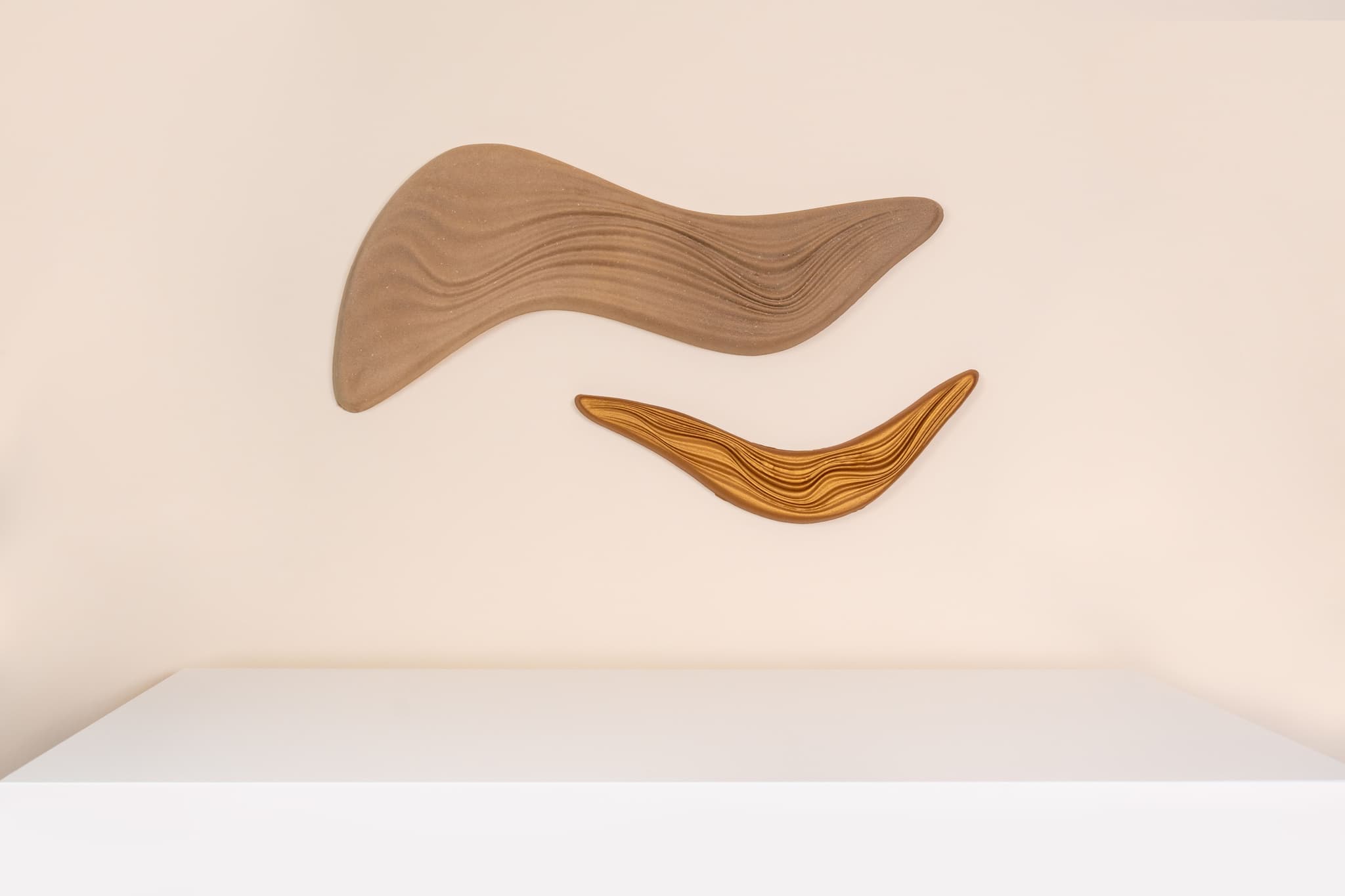
2. Could you describe the liquid fermentation process for cultivating your biomaterials, and which parameters (e.g., pH, nutrient ratio) are most critical to control?
We begin with a small mycelium inoculum, just a few particles, cultivated in an Erlenmeyer flask filled with water and our optimized nutrient mix. In a matter of days, the mycelium grows exponentially. We then upscale by transferring multiple flasks into a 150 L fermentor, followed later by much larger bioreactors, up to 350,000 L, as needed. The critical control parameters include the strain selection (fast-growing and non-toxic), the nutrient composition, and mixing or stirring rates to ensure uniform growth.
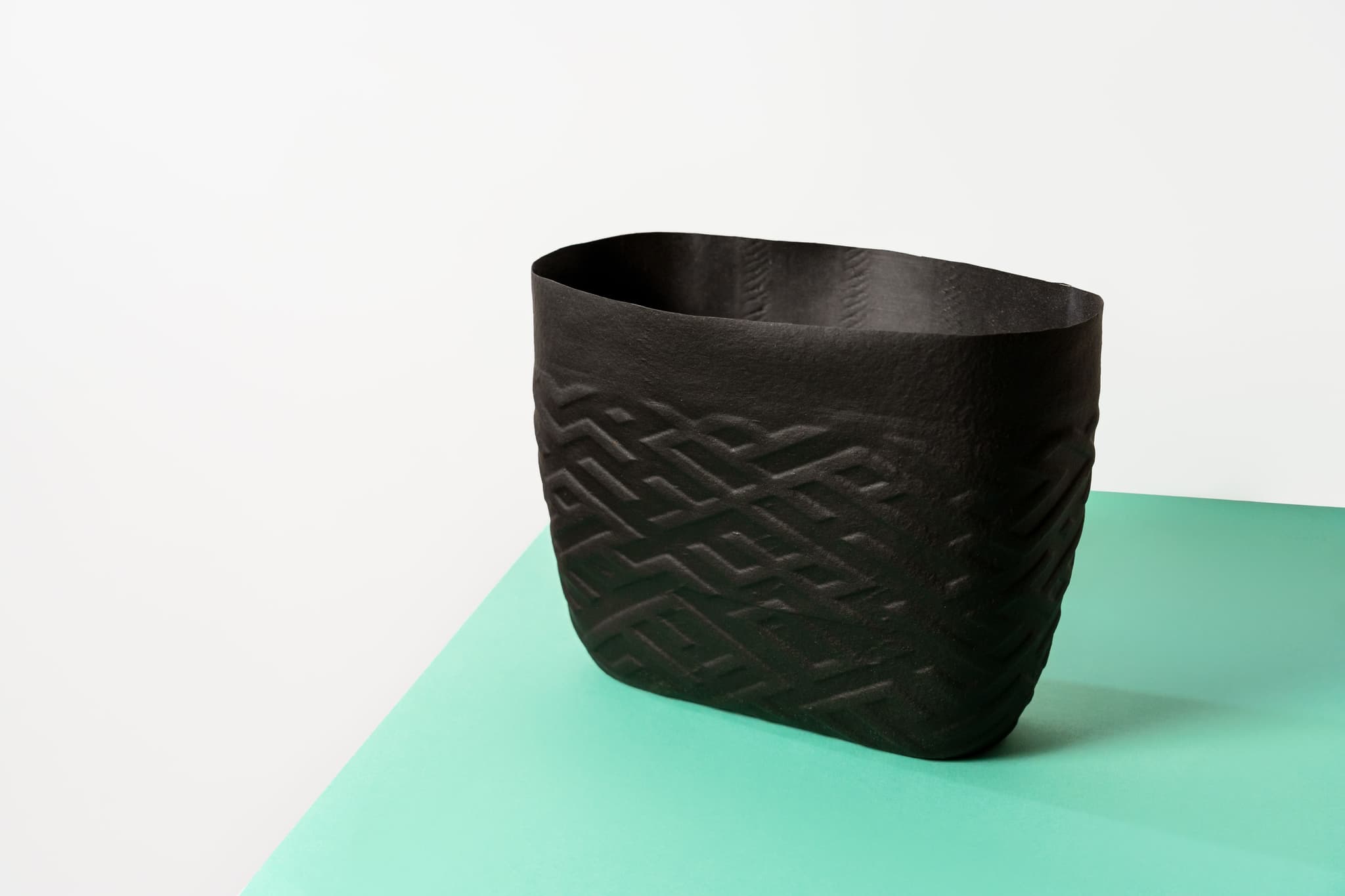
3. When transitioning from lab-scale samples to full-scale automated production, what were the key technical challenges in robotic application of biomass onto molds?
Scaling up meant finding equipment capable of delivering consistent deposition across extensive run times. Achieving an even output onto complex molds was one hurdle, but ensuring repeatable results session after session, with robust quality control, was what truly tested us. It is one thing to make a beautiful one-off. Doing it reliably at scale is quite another.
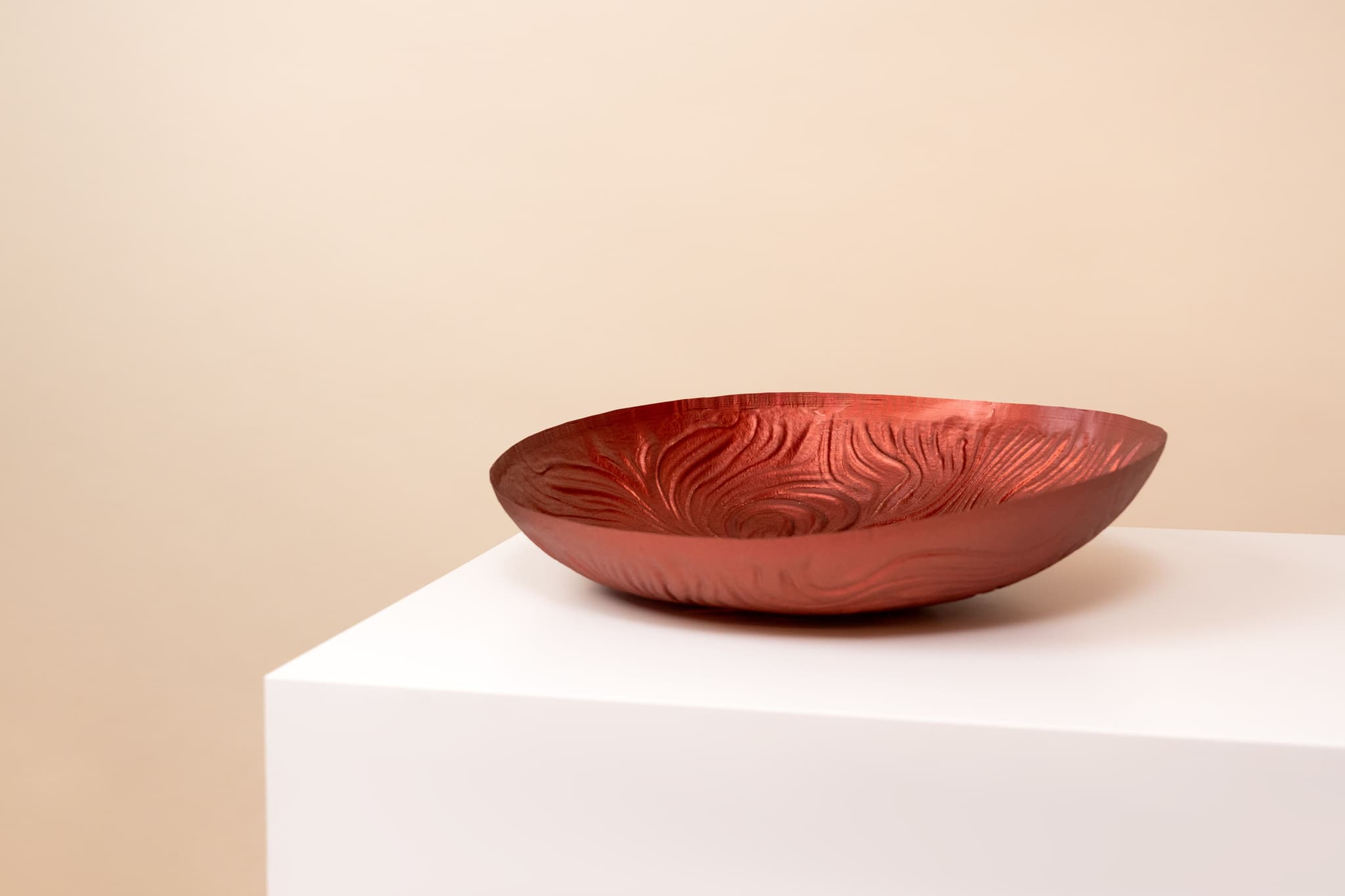
4. In your collaboration with Marc Th. van der Voorn on the Conch Light, how did you adjust material stiffness via recipe tweaks to meet the design’s load-bearing and translucency requirements?
MYCOTEX naturally has a semi-translucent quality. To preserve that in the Conch Light, Marc designed for a thickness below a critical threshold. From there, we iterated recipes, adjusting nutrients or growth density, until we hit the sweet spot between load-bearing strength and light diffusion. Marc’s intuitive grasp of the material’s capabilities was key to converging on a design that served both the aesthetic and the supply-chain constraints.
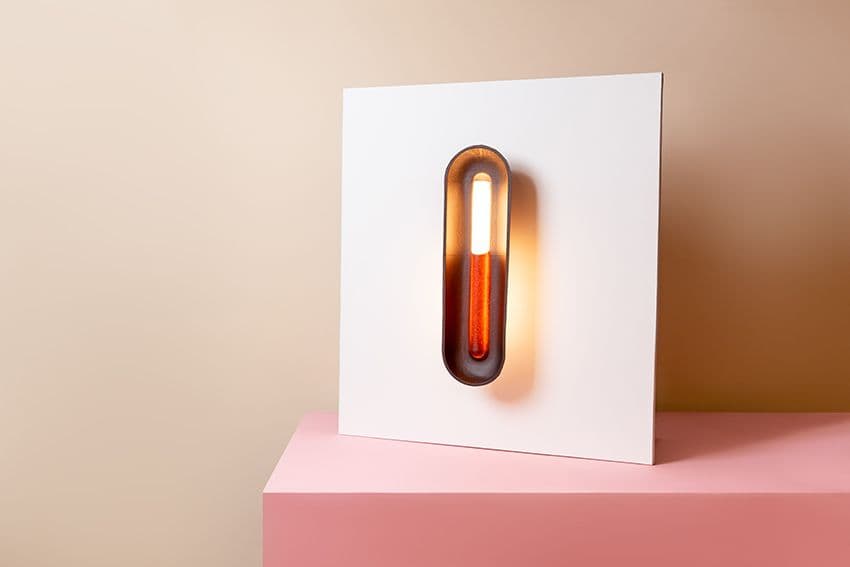
5. How do your PARYCEL SF and MYCOTEX SF materials differ in terms of surface texture, tactile properties, and performance, and how do those differences influence material selection?
PARYCEL SF exudes a matte, paper-touch texture, softly granulated and warm to the touch. Its gentle, light-absorbing surface harmonizes beautifully with wood and stone, lending organic authenticity.
In contrast, MYCOTEX SF offers a cool, satin sheen with a compact feel and refined elegance. Its premium aesthetic pairs effortlessly with minimalist or classical interiors and complements metals, glass, and wood.
Ultimately, the designer’s intention, whether for warmth and tactility or sophistication and luster, guides the material choice.

6. Can you specify how your 3-axis robotic deposition system modulates layer thickness and surface topology during automated biomass application?
Our automation fulfils consistency through precise robot programming. By integrating topological mapping of the target mold and calibrating for each material’s flow behavior, we control layer thickness and surface structure. Once calibrated and tested, the system deposits biomass with unwavering repeatability. Every piece is a perfect match to the last.
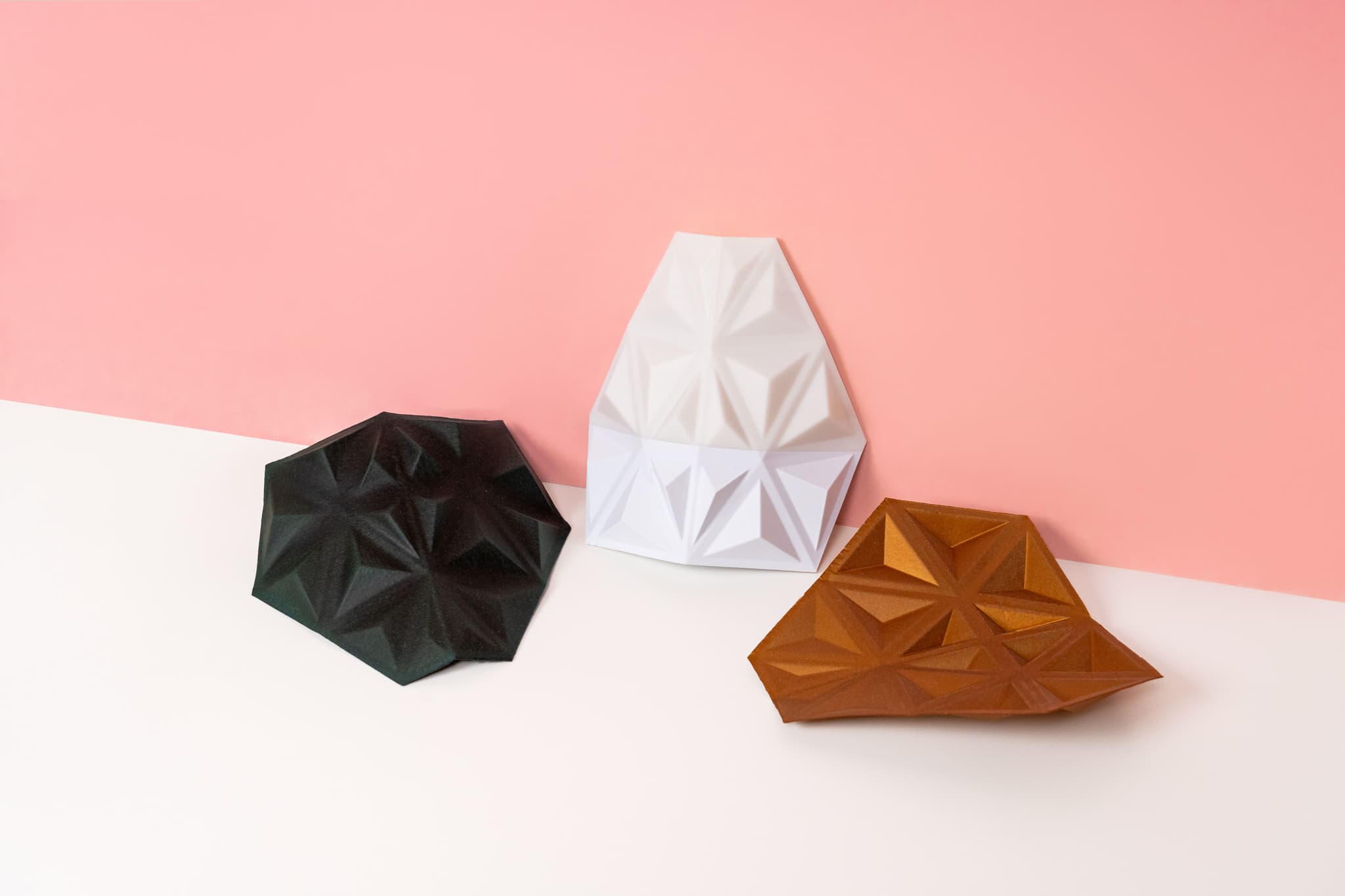
7. From a sustainability standpoint, how do you evaluate and reduce environmental impact across the entire material lifecycle, from mycelium growth to final product compostability?
We evaluate energy use, water consumption, and CO₂ emissions across the full process. Having performed a preliminary Lifecycle Analysis (LCA), we used those insights to adjust recipes and energy sources. We switched to a cleaner electricity mix when entering full-scale production. These changes actively improve the supply-chain LCA, aligning with our goal of compostable, low-impact biomaterials.
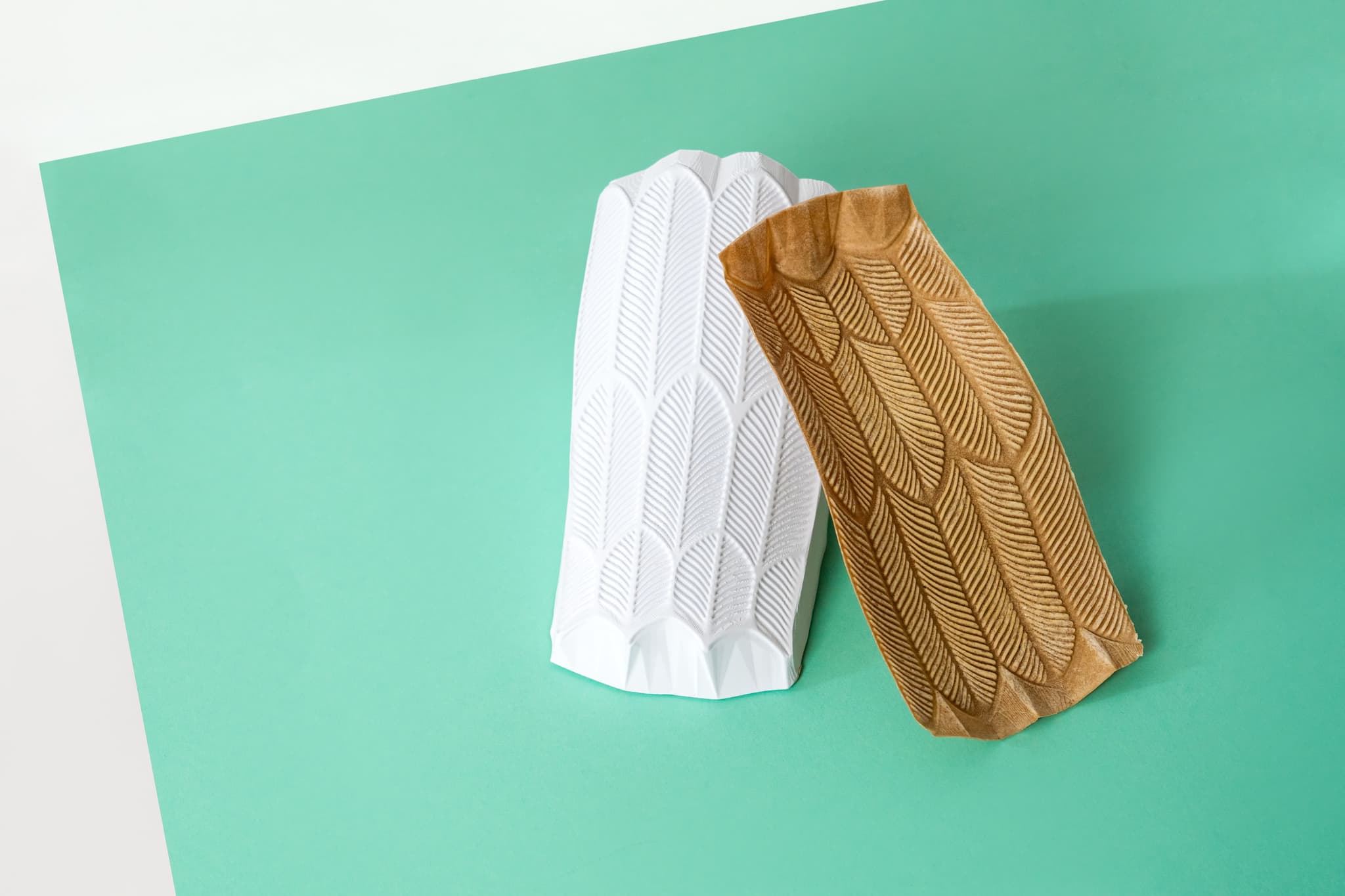
8. For custom biomaterials integrated via your platform, what analytical protocols do you use to assess compatibility and performance before scaling manufacturing?
We begin with lab-scale testing. Tensile strength and tear resistance are measured on Petri-dish samples. If these pass, we produce small sheets via our manufacturing process and repeat the tests. Only after that, and after robotic deposition trials, do we scale further. This stepwise approach ensures performance consistency at every stage.

9. In the Flora Stool project, combining Cocolok and PARYCEL SF, what technical strategies ensured strong adhesion and structural cohesion between the fibrous core and mycelium shell?
In the Flora Stool, the PARYCEL SF shell was produced separately and then carefully fitted over the Cocolok and beech-wood core. It is attached at the base of the wooden insert, relying on the precise geometric fit and interface design to ensure adhesion and structural cohesion without compromising aesthetics.
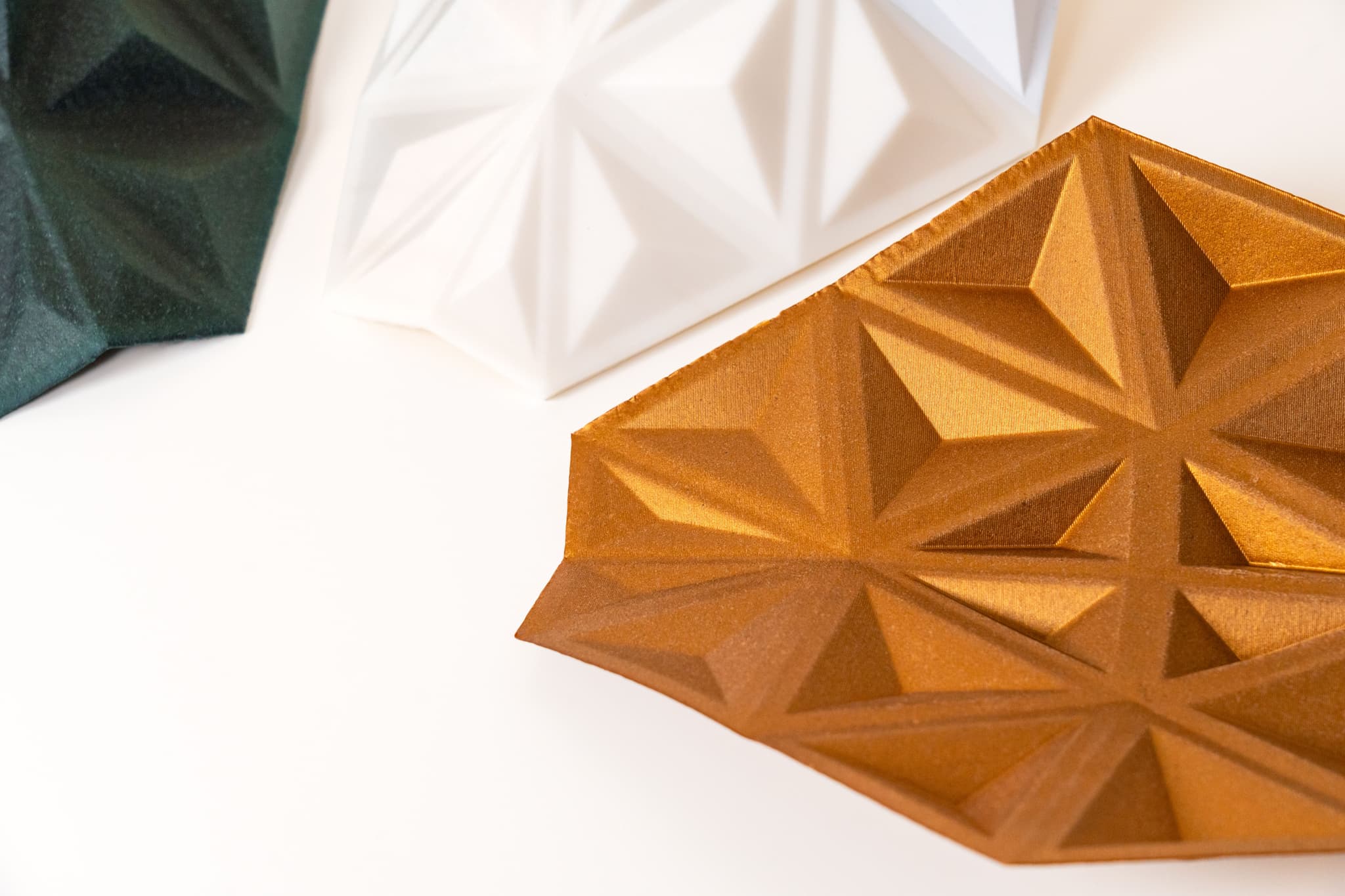
10. How do you envision scaling up fermentation-based material production to meet commercial volumes without compromising material consistency or carbon footprint?
Having validated scaling from 150 L to 1,500 L reactors, further scale-up is just a matter of process optimization and partnering with experienced industrial players. To reduce carbon footprint, we accelerate growth, refine recipes, recycle water, decrease energy use, and optimize the energy mix. These strategies safeguard both consistency and sustainability at commercial scale.
11. What are the primary degradation pathways for your biomaterials post-use, and how have you designed end-of-life scenarios (e.g. compostability, biodegradation) into their chemistry?
Our recipes exclusively use natural, non-hazardous ingredients, making our products home-compostable. Since recycling infrastructures vary globally, compostability offers a universal disposal route. That said, where viable, especially in Europe, we are exploring closed-loop recycling. I call it the “Snickers in the Snickers” concept, where rejected products are reintegrated into the supply chain rather than discarded.

12. What material innovations or bio-feedstock variations (e.g., algae, collagen) are you exploring for future iterations of MYCOTEX?
Right now, we are particularly interested in integrating very small, natural waste fibres, ideally undyed, as fillers within our material. These offer a more circular approach without compromising the integrity of the material. Looking ahead, we see potential in introducing bio-feedstocks like algae and collagen into our supply chain. In addition to developing our own materials for the NEFFA manufacturing method, we are also exploring ways to adapt existing semi-liquid materials to work with our seamless process. This opens up exciting possibilities for material companies to expand their raw material applications while unlocking new design potential through our platform.
